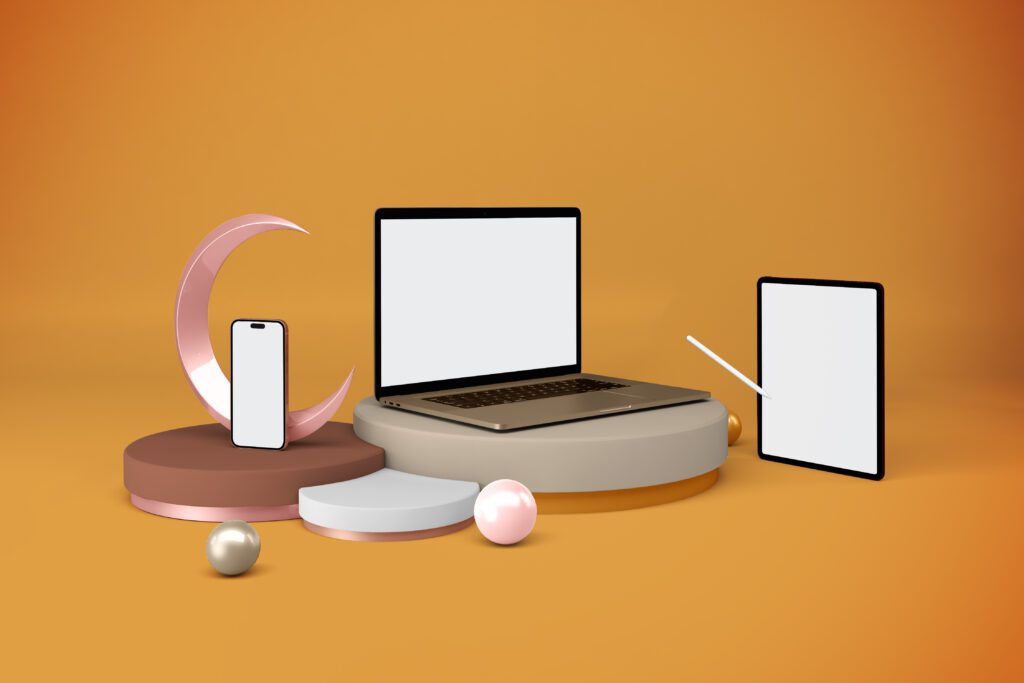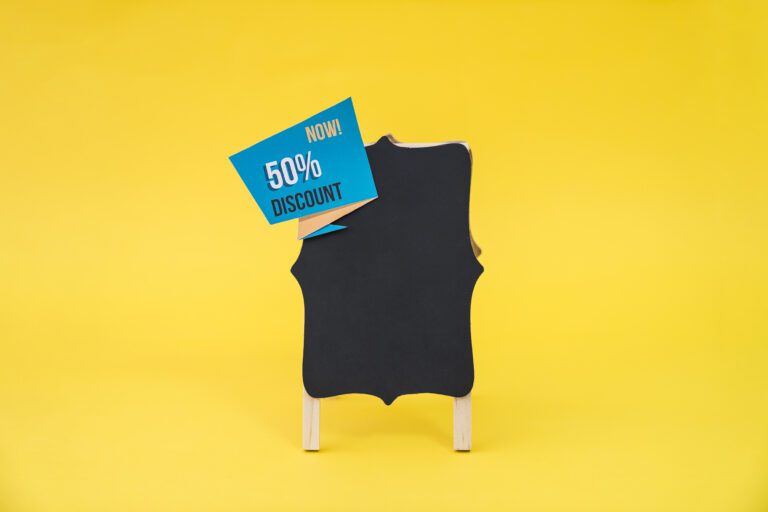What Is an Interstitial Popup?

I hope you enjoy this blog post. If you want Hello Bar to grow your leads, click here.
Author:
Mansi
Published
September 10, 2025

Table of Contents
If you’ve been on the web long enough, you’ve run into something called an interstitial popup. You might not know the term, but you’ve seen it. It’s that screen that shows up in between two actions — like before you can read an article, before a game starts, or while you’re moving from one part of a site to another.
Some people find it annoying. Some businesses see it as gold. Both are true. That’s why if you’re running a website, it’s worth knowing what an interstitial popup is, why it matters, and how to use it without driving people away.
The Simple Definition
An interstitial popup is a full-screen or nearly full-screen message that appears in the middle of a browsing session. The key word is in-between. It doesn’t sit quietly on the side of the page. It interrupts.
Examples:
- A page loads and, before you see the content, a signup screen fills the window.
- You click a link and, instead of going straight to the next page, you get a popup offering a discount code.
- On mobile, you might see a takeover screen asking you to install an app before you can keep reading.
That’s it. It’s not magic. It’s just a screen that gets in the way — for a reason.
Why Businesses Use Interstitial Popups
The obvious answer: attention. An interstitial popup forces visitors to look at one thing before they keep going. That can mean:
- Showing an ad.
- Pushing an email signup.
- Announcing a sale or discount.
- Asking someone to confirm their age.
- Nudging them to download an app.
Unlike small banners or subtle notifications, this format guarantees visibility. You can’t scroll past it. You can’t miss it.
That’s also why Google started cracking down on them for mobile years ago. If your interstitial popup blocks the main content right away and makes it hard to reach, it can hurt search rankings. But if it’s timed or placed well, it can still work without penalty.
Where You See Them Most
You’ve probably noticed interstitial popups in a few common places:
- Media sites – Before you can read an article, a popup asks you to sign up for a free account.
- E-commerce stores – A popup appears offering 10% off if you join the email list.
- Mobile games – An ad takes over the screen before the next level starts.
- Age-gated sites – Popups ask if you’re over 18 or 21.
- Event sites – A full-screen message pushes early-bird tickets or limited offers.
So, if you run a business, you’re not inventing something new. You’re plugging into a format people already know — and expect — in certain situations.
The Risk of Bad Timing
The problem with an interstitial popup isn’t the format. It’s timing. Drop it too soon, and people bounce. Drop it too late, and you’ve missed your chance.
Think about it like this:
- If someone lands on your site for the first time and you block the page instantly, you haven’t earned trust yet.
- If they’ve already read half your article, a mid-scroll interstitial feels like a slap in the face.
- But if they’ve reached the end, a screen offering a free download in exchange for their email might feel fair.
The right timing depends on the business. A discount offer on an e-commerce product page makes sense. The same offer blocking the homepage might feel pushy.
Desktop vs Mobile

Another thing that matters: screen size.
On desktop, an interstitial popup can fill the screen without feeling impossible to escape. You have room for a close button, maybe some context around it.
On mobile, a full-screen popup can feel like a trap. If the X button is tiny or hard to find, people leave. That’s why Google penalizes intrusive mobile interstitials — because they kill the user experience.
So if you’re building one, test it on a phone. If you can’t close it easily with your thumb, it’s not ready.
What Makes an Interstitial Popup Work
If you’re going to use an interstitial popup, a few things make the difference between effective and annoying:
- Clear purpose – Don’t just show a popup because you can. Ask yourself: what’s the one action you want? Sign up? Buy? Confirm?
- Easy exit – Always include a close button that’s visible. People shouldn’t have to hunt for it.
- Simple message – One screen, one idea. Don’t cram in paragraphs.
- Timing – Trigger it when it feels natural. Exit intent, after a scroll, or between sections usually works better than instant takeover.
- Respect context – If someone is checking out, don’t block them with a newsletter signup. Wrong place, wrong time.
Real Uses That Make Sense
Let’s look at a few practical ways businesses actually use interstitial popups without wrecking the visitor experience:
- Hello Bar style offers – Instead of dropping a banner, you can trigger an interstitial popup announcing a sale. Example: “Save 15% if you order in the next 24 hours.”
- Lead capture – Ask for an email in exchange for a discount code. These often appear before checkout.
- Content gate – Some blogs or news sites use interstitials after you’ve read a couple of free articles. Want more? Sign up.
- App promotion – A mobile site might ask you to open or install their app after you’ve browsed a few pages.
- Age check – For alcohol or adult industries, the interstitial is a simple compliance screen.
These are all real-world uses. None of them are fancy. But they work because the timing matches the intent.
Also read our guide on 21 Proven Exit Popup Formulas That Will Increase Conversion Rates
The Data Side
Why do businesses keep using interstitial popups even though people complain? Because the numbers back it up.
- HubSpot reported that popups in general can improve conversion rates significantly compared to static banners.
- Hello Bar, a well-known tool in this space, claims clients see conversion lifts as high as 83% with the right popup strategy.
- Agencies that A/B test interstitial popups often find that even a small signup rate pays off when traffic is high.
It comes down to math. If you get 10,000 visitors a month, and even 2% convert through a popup, that’s 200 new leads. Without the popup, you might get a fraction of that.
The Balance
So, should you use an interstitial popup? Probably. But carefully.
The key is balance:
- Show it to the right people.
- Don’t show it too often.
- Make it worth their time.
For example, a one-time discount is fair. Asking for an email with nothing in return? That’s a harder sell.
Also, keep in mind user expectations. If you’re a news site, people almost expect an interstitial. If you’re a small shop with only a few products, it might feel over the top.
Alternatives
If you’re worried about being too aggressive, you can test lighter versions:
- Hello bars (thin banners at the top or bottom of a page)
- Slide-ins (messages that appear from the corner)
- Inline CTAs (buttons placed directly in your content)
These don’t interrupt in the same way. But they also don’t grab attention as forcefully. That’s the trade-off.
One Strategy, Many Tests
An interstitial popup is just one tool in the box. You can try different triggers:
- After a set time on site
- On exit intent (mouse moving toward the close tab)
- After scrolling 70% of a page
- Between steps in a process
The best approach is to test. A/B test different designs, copy, and timing. What works for one business won’t always work for another.
Closing Thought
An interstitial popup can be the worst part of a site or the thing that makes it profitable. The difference isn’t the format — it’s how you use it. Treat it like a tool, not a trick, and it can earn attention without costing trust.






